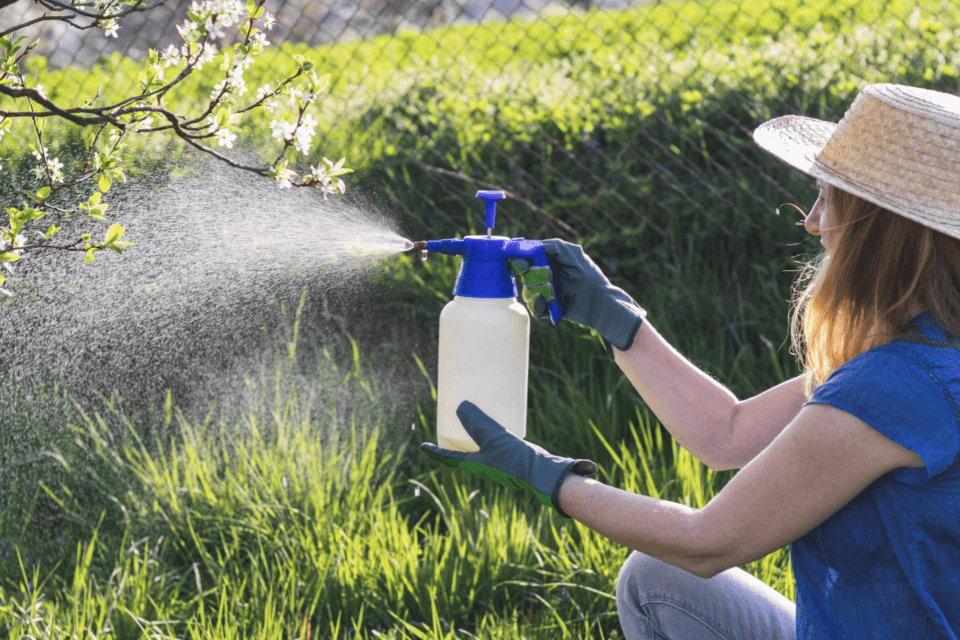Are you among the 20 million gardeners who picked up the hobby during the pandemic?
Whether you’re new to gardening or you’ve had a green thumb for decades, there’s always more to learn about your craft. This is especially important if you’re expanding your garden area or the types of plants you grow, such as vegetables or fruit trees.
What can you do to ensure plant growth and a healthy, vibrant garden? Here are four expert tips.
1. Choose the Right Plant Fertilizer
Not all fertilizers are created equal. They’re designed to work in different conditions and different types of soil. Some are even designed to fertilize specific flowers, grass, trees, or vegetables.
The most common types of fertilizers are:
- Dry fertilizers (for soil nutrition)
- Liquid fertilizers (for fruits and vegetables)
- Slow-release fertilizers (to feed plants for an extended period of time)
- Manure (to improve your soil’s water retention)
Not sure which type of fertilizer is best for your needs? Go here and do some research about fertilizer pellets for succulents, orchids, bonsai trees, and much more.
2. Test Your Soil Regularly
Just like a blood test can reveal vitamin and nutrient deficiencies, a soil test can reveal the health of your garden. Levels of plant nutrients are an important start, but that’s not the only aspect to consider.
You’ll also want to check your soil’s pH level. Ideally, you don’t want soil that’s too acidic or too alkaline. Aim for a neutral pH of around 7, which is where most plants thrive.
3. Fertilize at the Right Time of Year
You’ll get the best results with professional fertilizer if you use it at the appropriate time of the year. Depending on your locale, this could vary.
Up north, spring and fall are generally the best times to fertilize your lawn and garden. Try a slow-release fertilizer in late spring to keep your plants healthy and vibrant through the summer.
If you live in the south and you have warm-weather grasses, give them plenty of fertilizer in the late spring and early summer months. This is the time of year when your grass grows the fastest and needs the most nutrition.
Pollinate your plant
The importance of bees is often overlooked, but they are indispensable to the environment. Bees pollinate plants, carrying pollen between plants to fertilize them or between the different plant parts to aid reproduction. From sources of food to flowering plants, bees do a lot to ensure all living things have plenty of food supply.
It goes without saying introducing bees to your garden will help your plants grow and thrive. They can reproduce with abundance. In return, bees also need your plants as they are their primary source of pollen. This means bees can produce honey, which is a win-win situation. Both plants and bees can benefit from each other.
If you think starting your beekeeping journey will be hard, you couldn’t be more wrong. It can be as simple as finding reliable, high-quality beekeeping supplies to get you going.
4. Maintain a Regular Watering Schedule
Your fertilizing efforts will be in vain if they aren’t paired with a proper watering schedule. Potted plants need water daily, while your trees and shrubs need direct watering every 7-10 days.
When you water, focus more on the base of the plants than the leaves and foliage. Make sure the roots are getting plenty of chances to soak in the water.
Pro tip: It’s usually best to water first thing in the morning when temperatures are cooler and the sunlight isn’t as intense.
Plant Fertilizer & Other Gardening Tips
A healthy garden results from the right plant nutrients, soil conditions, and plenty of TLC. Use the tips above to craft your garden into a beautiful, vibrant outdoor space!
Looking for more great home, garden, and lifestyle advice? We have plenty of great articles just like this one, so stay right here and continue browsing our site.

